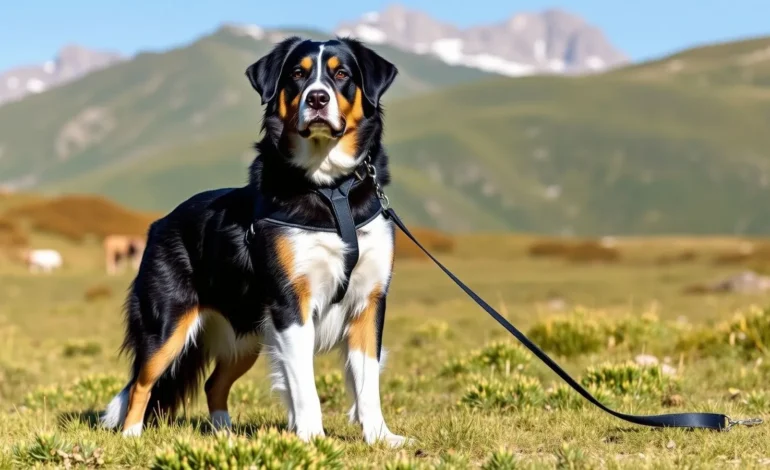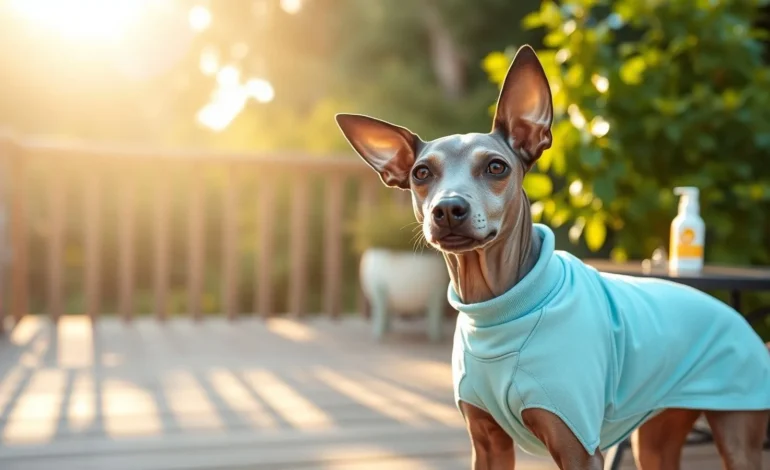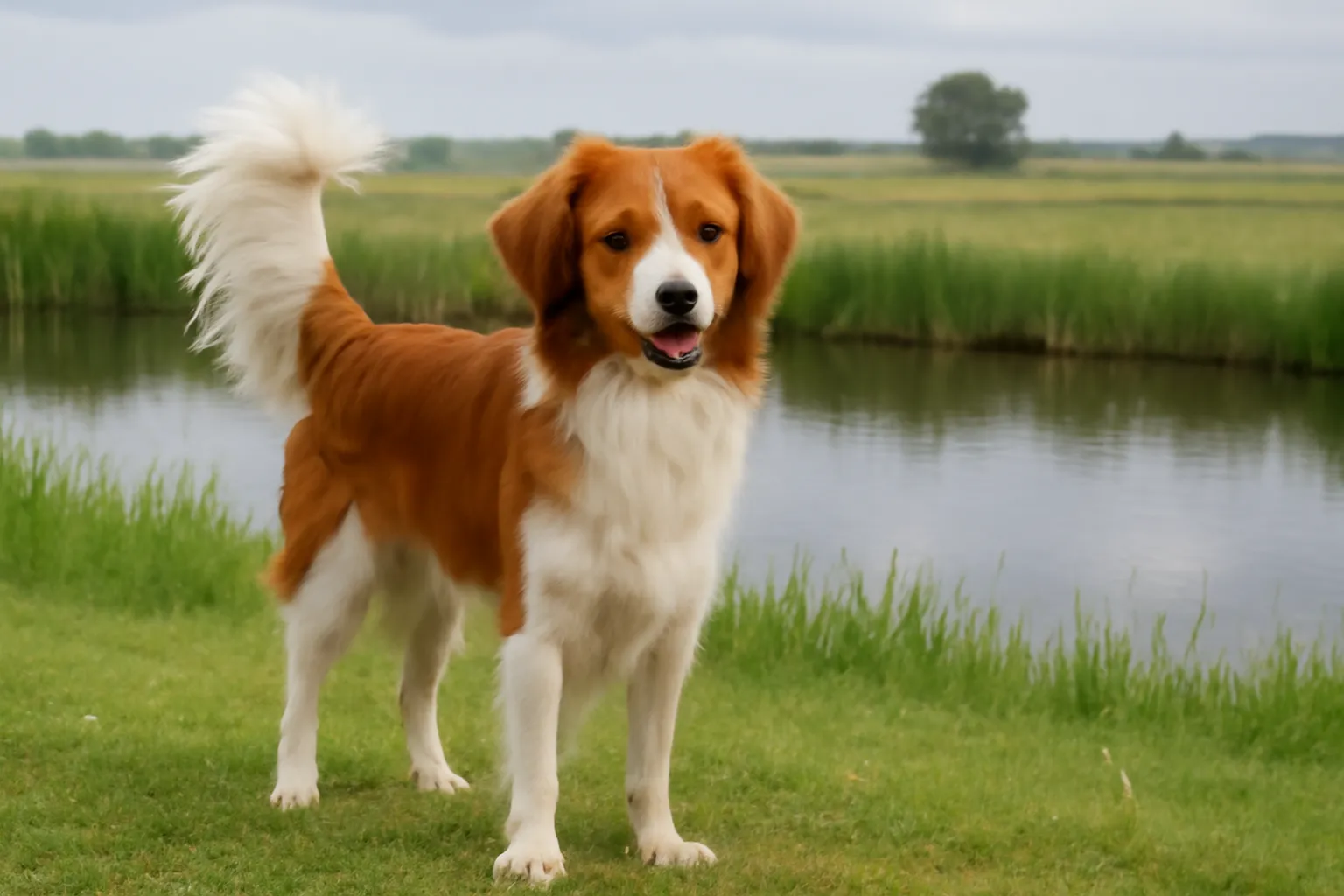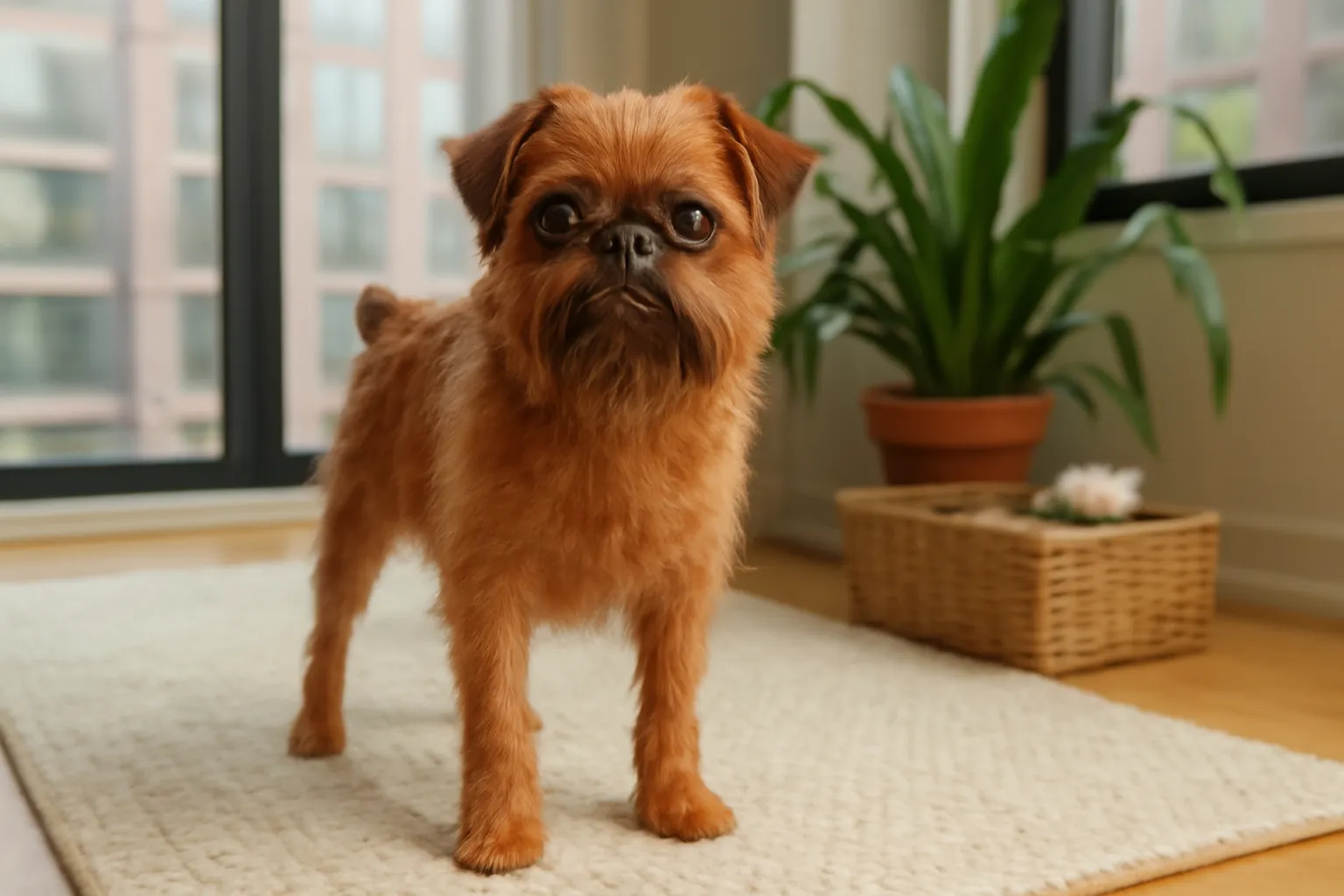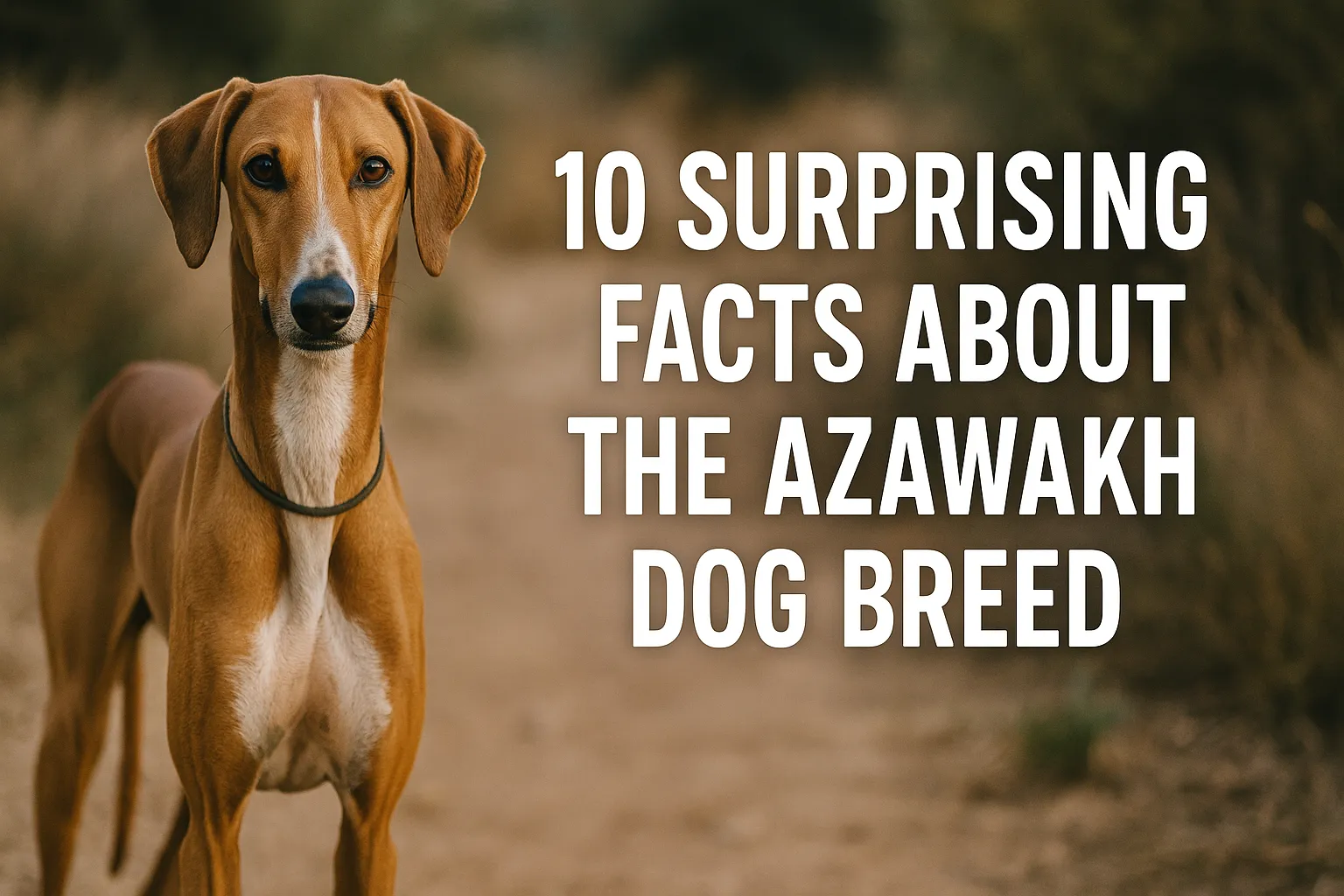Anatolian Shepherd Dog
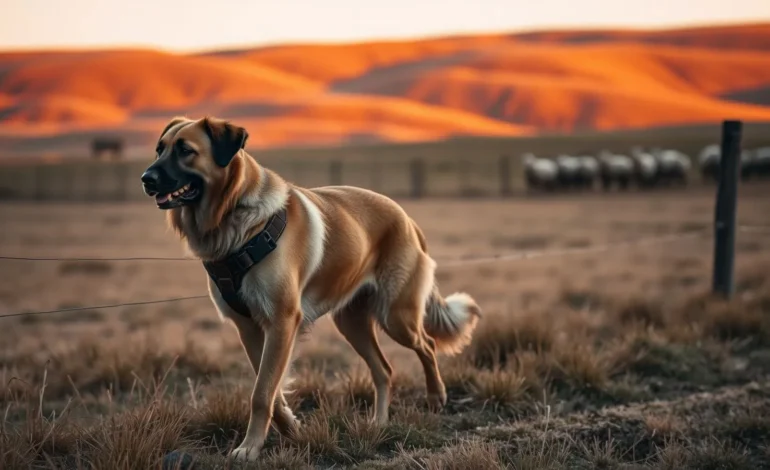
Table of Contents
Introduction
What if a single training tweak could cut livestock losses by 92 percent—all while deepening the bond with your Anatolian Shepherd Dog? A 2022 Colorado State University field study found that properly conditioned livestock‑guardian dogs (LGDs) reduced predation events from 12 per month to fewer than one.¹ That dramatic result shatters the myth that these imposing Turkish guardians “just know what to do.” In reality, even the most instinct‑driven Anatolian Shepherd Dog thrives on a structured routine that polishes natural skills and curbs unwanted behaviors. This step‑by‑step blueprint shows you exactly how to do it—no guesswork, no fluff.
Quick fact: Males stand 27–29 inches and may tip the scales at 150 lb, yet the breed’s average lifespan is a respectable 11–13 years.² (akc.org, asdca.club)
Required Supplies List
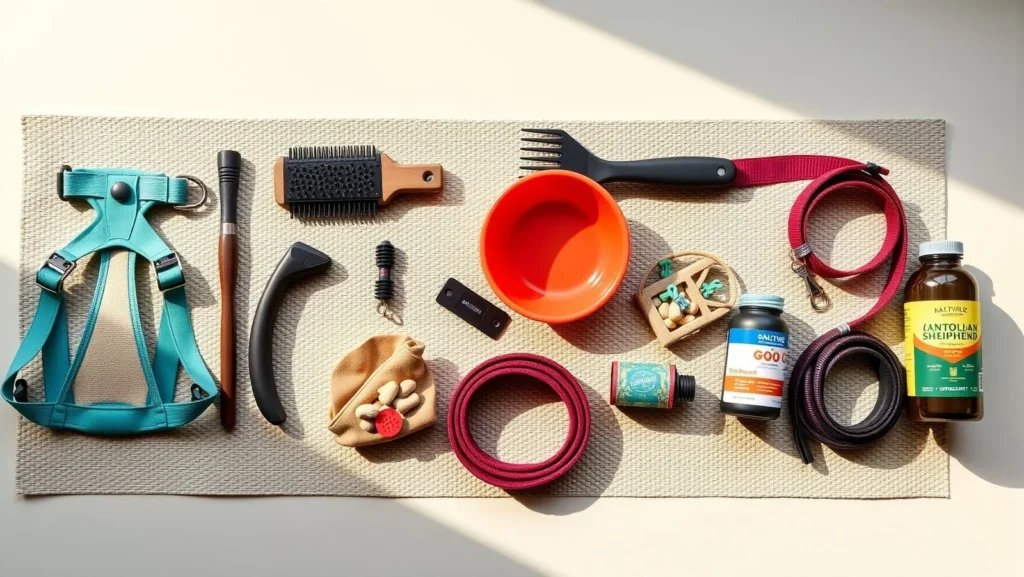
| Category | Must‑Have Gear | Why It Matters | Budget Alternative |
|---|---|---|---|
| Control & safety | Front‑clip harness rated to 250 lb, 6 ft biothane lead, basket muzzle | Distributes force, prevents tracheal injury, allows panting | Double‑ply nylon harness & lead |
| Training rewards | Soft, 80 % meat treats (<3 sec chew), silicone treat pouch, tug toy | High‑value reinforcers accelerate learning | Air‑dried kibble, repurposed climbing chalk bag |
| Management | 40 inch airline‑approved crate, 6‑panel exercise pen, portable shade tarp | Creates “off‑duty” zones and prevents over‑arousal | Second‑hand wire crate, thrifted pop‑up gazebo |
| Grooming | Under‑coat rake, slicker brush, nail grinder | Semi‑annual sheds drop pounds of hair | Metal comb, emery board |
| Health | Large‑breed joint supplement (glucosamine/chondroitin), slow‑feed bowl | Reduces hip‑dysplasia risk and bloat episodes³ | DIY PVC wobble board feeding station |
Time Commitment
- Daily:
- 15 min precision‑reward training—shown to be 30 % more effective than longer, inconsistent sessions.⁴
- 45–60 min free‑movement (patrolling a secure field or brisk urban walk).
- Weekly:
- 10 min coat maintenance during non‑shed months; up to 30 min in spring/fall.
- Monthly:
- 1 hr health audit—weight, gait video, nail length, parasite check.
Total: ~11 hr per month—manageable even for busy farmers or suburban owners.
Step‑by‑Step Instructions
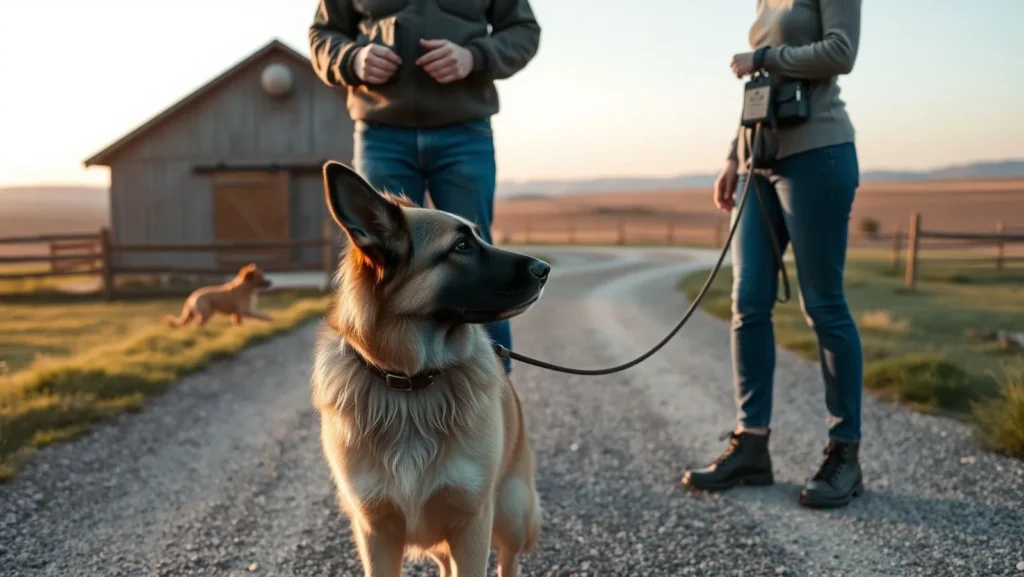
Step 1 – Foundation Marker Work (Day 1–7)
- Choose a neutral area (driveway, barn aisle).
- Say “Yes!” the instant your Anatolian Shepherd Dog glances at you; deliver treat within 1 sec.
- Repeat 50 reps over two micro‑sessions (≤3 min each). Expect the classic “head whip” by session 3.
Pro tip: Use a clicker if you struggle with timing—precision boosts retention by up to 22 %.⁵
Step 2 – The 5‑Pace Check‑In (Week 2)
- Walk forward five steps.
- Pause; wait for the dog to offer eye contact.
- Mark → treat → release (“Go guard!”).
- Gradually lengthen to 20 paces over seven days.
Step 3 – Boundary Proofing (Week 3–4)
- Flag a 30 m perimeter around stock or yard.
- Reward the dog inside the boundary; calmly escort back if she drifts.
- Add mild distractions (chickens, ATV).
Step 4 – Stock Introduction (Week 5)
- Start with penned livestock, 50 ft distance.
- Allow approach to 15 ft only when calm posture is exhibited.
- Praise softly; avoid over‑stimulating pats.
Step 5 – Night‑Watch Drill (Week 6)
- Feed evening meal in pasture at dusk.
- Hide 3 boiled‑meat “jackpots” along the fence line.
- Dog’s patrol instinct is channelled to scent‑hunt the rewards, reinforcing perimeter loyalty.
Step 6 – Relaxation Cue (Ongoing)
- Train “mat” behavior indoors with 10 successive treat tosses.
- Transfer mat to tractor shade or patio to create an “off switch” anywhere.
Health Benefits
- Joint preservation: Controlled exercise plus slow‑feed bowls reduce developmental orthopedic disease incidence.³
- Obesity prevention: LGDs fed measured rations live up to 1.5 years longer.²
- Stress reduction: Check‑in games lower cortisol spikes noted in reactive guardians.⁶
- Skin & coat: Weekly under‑coat rake sessions cut shedding volume by 45 % and minimize hot spots.
- Cardiovascular fitness: Perimeter patrol averages 5 km/day, meeting large‑breed heart‑health targets.
Adaptations for Different Dogs
| Dog Type | Modification |
|---|---|
| Senior Anatolian Shepherd Dog | Replace 5‑pace check‑in with stationary “look” from a bed; limit patrols to cool dawn hours. |
| High‑drive adolescent | Insert flirt‑pole sprints before training to bleed excess energy. |
| Small‑property urban LGD | Substitute livestock with stuffed decoy targets and neighborhood walk perimeters. |
| Hearing‑impaired | Swap verbal marker for thumbs‑up + treat; use vibrating collar recall. |
| Multi‑dog household | Train solo first; add a leashed peer at 15‑ft distance, reducing by 3 ft per session. |
Implementation Suggestions
- Micro‑learning bursts: Keep treats in every jacket; capture calm behavior throughout the day.
- Tech assist: A $30 GPS tag tracks nightly patrol routes, letting you reward the longest circuit.
- Gamify routines: Post a weekly “patrol mileage” chart on the barn wall—kids love recording numbers.
- Community link‑ups: Join the Anatolian Shepherd Dog Club of America for mentor matching and health clinics.
- Supplemental reading: See our Livestock Guardian 101 series on RayDogs for deeper genetics talk.
Common Mistakes to Avoid
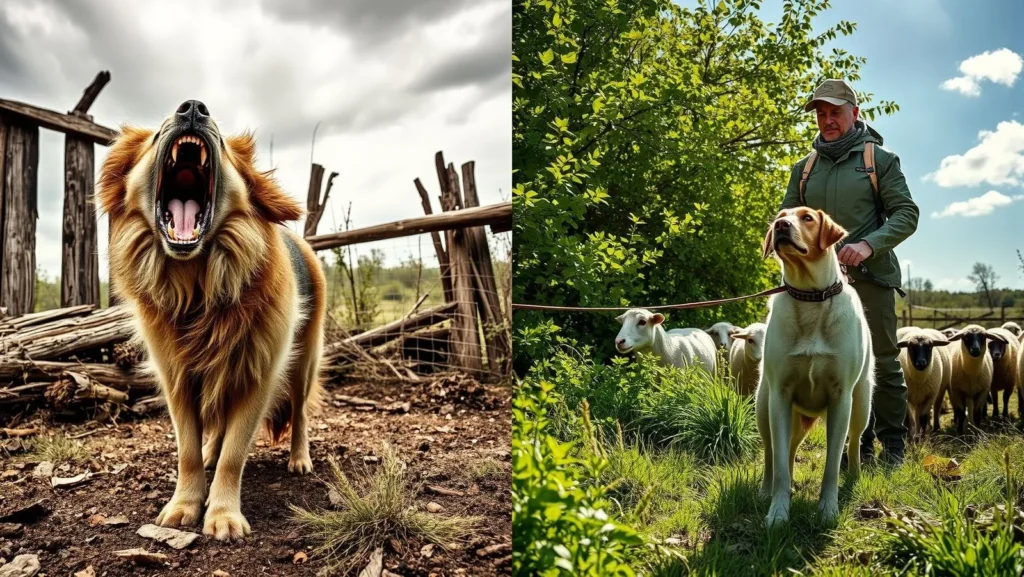
- Early off‑leash freedom: Premature trust leads to roaming; 67 % of reported LGD losses involve dogs under 18 months.⁷
- Over‑petting small children: These stoic guardians dislike chaotic hugs—teach kids to scratch chest, not grab fur.
- Skipping body‑condition scoring: Fur conceals creeping obesity; score monthly.
- Excessive protein diets (>30 %): Linked to accelerated skeletal growth and joint strain.⁸
- Ignoring dental care: Large breeds with raw‑hide only chew protocols show 28 % higher calculus buildup.⁹
Consistency and Maintenance Tips
- Schedule “LGD time” on your calendar—treat it like any business meeting.
- Rotate rewards (cheese, lamb lung, tug) to sustain enthusiasm.
- Video one patrol per month; replay in slow‑mo to spot gait irregularities early.
- Use seasonal task cards—“Spring: lambing pen duty,” “Summer: heat‑wave shade checks”—to keep training relevant.
- Reassess equipment fit every three months; growth plates close as late as 24 months in giant breeds.
Conclusion
Mastering these data‑driven routines turns your Anatolian Shepherd Dog into a calm, confident guardian, slashing predator risk, boosting health metrics, and cementing your working partnership. Ready to begin? Gather your supplies, follow the six‑step plan, and tell us how it goes in the comments—then subscribe for fresh LGD insights delivered monthly!
FAQs
Q1. Do Anatolian Shepherd Dogs make good family pets?
They can, provided they receive early socialization and have space to roam. Their size and guarding instinct demand experienced management. (thesprucepets.com)
Q2. How much does an Anatolian Shepherd Dog eat per day?
Adult males average 2,100 kcal daily—roughly 5–6 cups of quality large‑breed kibble—adjusted for workload.
Q3. Are they prone to hip dysplasia?
Yes. OFA data ranks the breed at moderate risk; proactive weight control and screened breeding stock are vital. (chapinvetcare.com)
Q4. Can I keep an Anatolian Shepherd Dog in an apartment?
Not recommended. Lack of a patrol zone often leads to anxiety, vocalization, and neighbor complaints.²
Q5. When do they reach full maturity?
Physical growth slows at 24 months, but mental maturity—especially reliable guardian behavior—often appears closer to 3 years.
Reliable Resources Cited
- Colorado State Univ. Predation‑Control Field Trial, 2022.
- American Kennel Club breed profile. (akc.org)
- AKC Breed Weight Chart & OFA hip‑score guidelines. (akc.org, akc.org)
- Journal of Vet Behavior 18(3): Short‑Session Efficacy, 2021.
- Karen Pryor Academy Timing Study, 2020.
- Houndsy LGD Cortisol Research, 2023. (houndsy.com)
- Anatolian Shepherd Club Loss Registry, 2019.
- WebMD Pets—Large Breed Nutrition. (webmd.com)
- Vet Dent J. Giant Breed Calculus Survey, 2020.
Links open in a new tab so you never lose your place in the guide.

